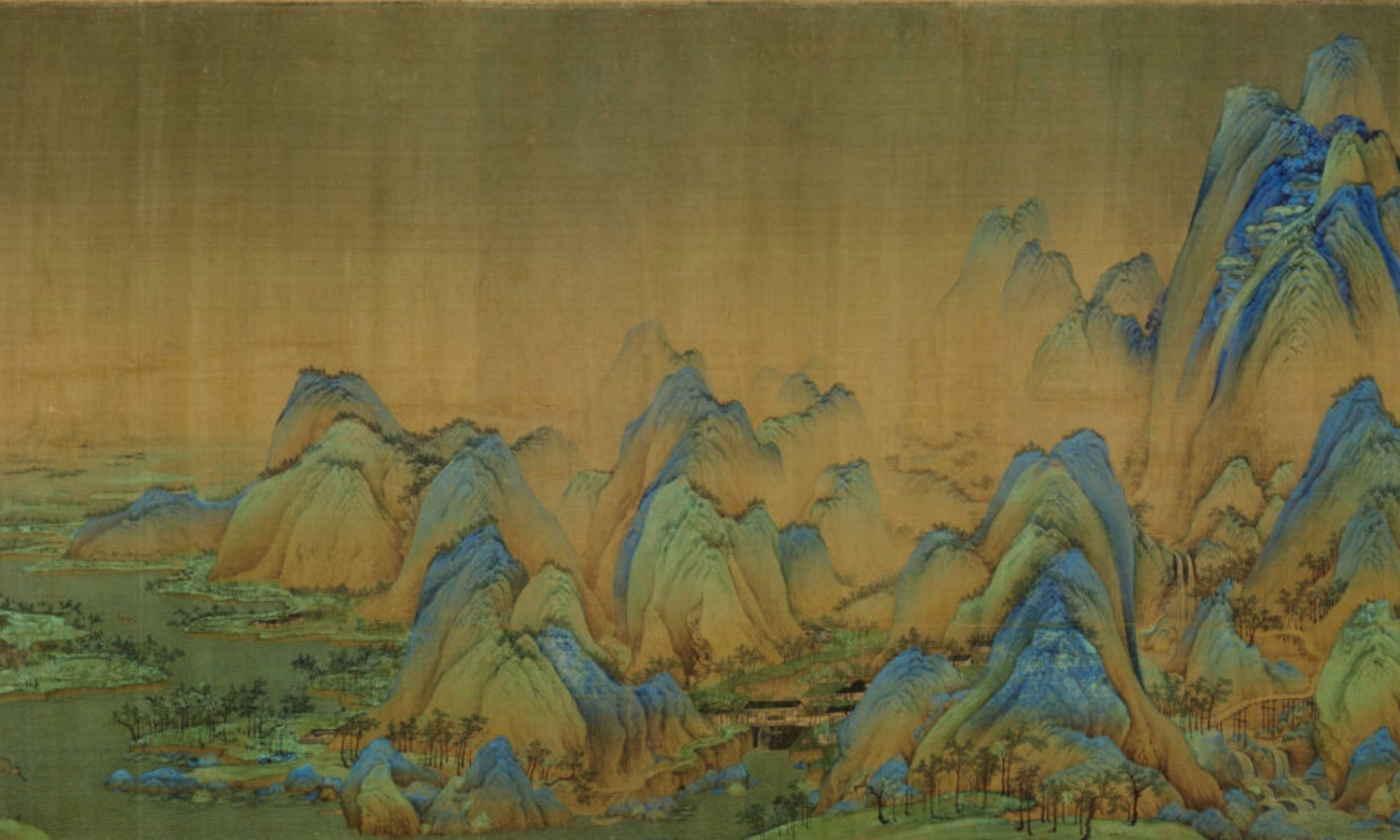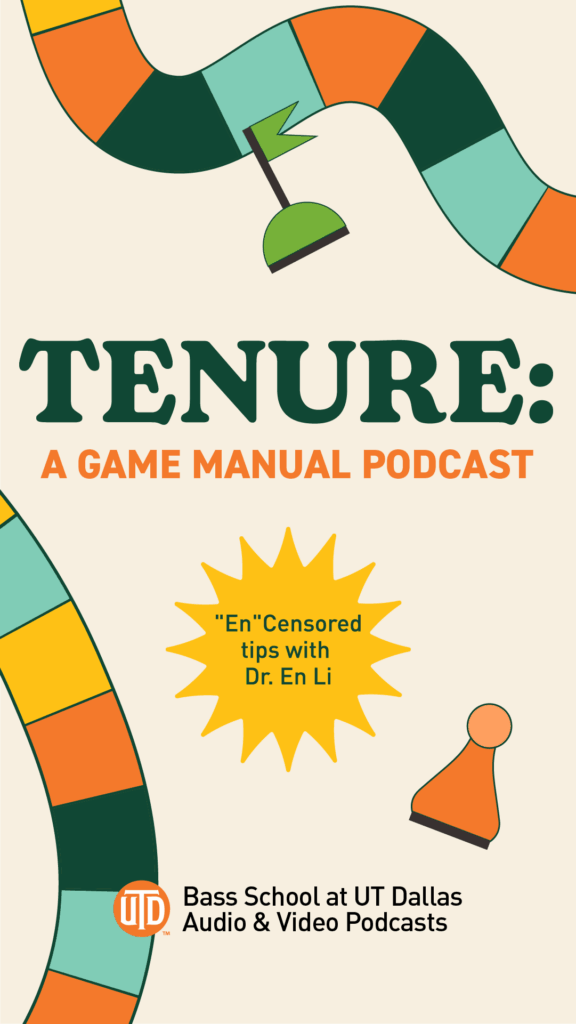Saturday, January 10, 2026: 10:30 AM-12:00 PM
Marshfield Room (Palmer House Hilton, Third Floor)
Session Organizer: Luming Xu, University of Illinois Urbana-Champaign
Chair: Brian James DeMare, Tulane University
Papers:
Measuring the Land for Our Nation: Land Ownership, Agricultural Migration, and Nationality Policy in Manchurian Borderland, 1912–44
Luming Xu, University of Illinois Urbana-Champaign
“Each Person Has One Name Only”: State Regulation of Personal Names in Republican China, 1936–49
Xiaoyan Ren, University of Illinois Urbana-Champaign
Luxury, Privilege, and Legitimacy: Consumption of Imported Goods from the Capitalist World in Maoist China’s Friendship Stores, 1958–78
Zhen Zhang, University of Edinburgh
Animals, Products, and State Building: China’s Sheep Improvement Project and Wool Trade in the Early 20th Century
Guanran Cui, Binghamton University, State University of New York
Comment: Brian James DeMare, Tulane University
Session Abstract:
Private property and its regulation are intricately interwoven with the process of state building in 20th-century Chinese history. Drawing on Giorgio Agamben’s interpretation of sovereignty as the threshold between “state of exception” and “legal order” that blurs the two into a “zone of indistinction”, this panel proposes to situate state building between the fluidity of ideas, commodities, peoples, and the integration of rights, classes, and nation for reexamination. Through the lenses of modern Chinese governments’ private property management and corresponding legislation agendas, this dialectical dynamic of state building and the development of right reveals itself most manifestly. The history of the modern Chinese state is a collaborative structure centered on the idea of rights, and our panel gathers four studies focusing on different aspects of property rights in modern Chinese society across the twentieth century to support this argument. Guanran Cui’s paper captures sheep and wool as biological resources that were incorporated into China’s modernization agenda and wartime economy in the early twentieth century. Xiaoyan Ren’s paper explores the standardization and regulation of personal name usage through ROC’s legislation from 1936 to 1949. It argues that the primary motivation for restricting individuals to a single official name stemmed from the need to regulate economic activities and, specifically, to implement a modern income-based taxation system. Luming Xu’s paper focuses on the transformation of land policy and migration management in Manchuria from 1912 to 1945, examining its relationship with the ROC’s, Japan’s, and Manchukuo’s nationality policies, through the lens of the coloniality of the nation. Zhen Zhang’s paper investigates the state’s operations of the privileged economy in the early PRC era. It takes the Friendship Store system where the privileged few accesses imported luxury goods as a representative case. By situating these practices within broader debates on property rights and privilege, this paper provides a nuanced understanding of the contradictions inherent in Maoist China’s socio-economic policies. Juxtaposed together, this panel reveals that civil rights, a concept that originated from ideas of private property, and state building are co-constituted and mutually irreducible from each other. In modern states, when every individual is supposed to be a citizen of the state, they receive individual liberties that are represented by rights but at the same time permanently confined within the sphere of sovereign power.
Paper Abstracts:
Measuring the Land for Our Nation: Land Ownership, Agricultural Migration, and Nationality Policy in Manchurian Borderland, 1912-1944
Luming Xu, University of Illinois Urbana-Champaign
Abstract: This study focuses on China’s and Japan’s land measurement projects (Ch. tudi qingzhang, 土地清丈, Jp. chiseki seiri, 地籍整理) in early 20-century Manchuria, historically a borderland region between China and the Japanese empire, and argues that these projects were efforts of transforming the “underdeveloped frontier” into “fixed borderland”. Through the lenses of global capitalist competitions and international legal framework, land has become both the capital of nations and an integral part of “rights” and “citizenship”, both Chinese and Japanese authorities in Manchuria were fixated on the issues of land ownership (Ch. tudi suoyou quan, 土地所有權, Jp. tochi shōso ken, 土地商租権) and nationalities (Ch. guoji, Jp. kokuseki, 国籍) throughout the history of their competitions in the early twentieth century. Meanwhile, these projects were intimately intertwined with the nation building processes of both China and Japan during that time, which formed a homogenization structure for the people, especially for the indigenous people of Manchuria and Korean migrants who could not fit into either Chinese or Japanese nation seamlessly.
“Each Person Has One Name Only”: State Regulation of Personal Names in Republican China, 1936-1949
Xiaoyan Ren, University of Illinois Urbana-Champaign
This paper explores the Nationalist state’s regulation of personal names in Republican China, focusing on the transition from the customary practice of one individual having multiple names to the legal requirement of a single name per individual. Central to this study is the Regulations on the Restriction of Name Usage (姓名使用限制条例), a pivotal legal code implemented by the Nationalist government to standardize naming practice. This paper traces the trajectory of this regulation, from its initial proposal in 1936 and subsequent rejection in June 1937 to its formal enactment in 1941 and amendment in 1948. I argue that the primary impetus for enforcing name standardization originated from the financial sector, as the modernization of the capitalist market and taxation systems necessitated stable, individualized identification. By examining the history of name restriction in Republican China, this paper offers a novel perspective on the development of capitalism in China, particularly the transformation of the fundamental unit of private property from households and lineage to individual citizens.
Luxury, Privilege, and Legitimacy: Consumption of Imported Goods from the Capitalist World in Maoist China’s Friendship Stores, 1958-1978
Zhen Zhang, University of Edinburgh
This presentation concentrates on the ideological and legal complexities relevant to the consumption of imported luxury goods in Maoist China. It analyzes the role and function of Friendship Stores as exclusive spaces of privilege. In a Maoist socialist society that officially repudiated private property and commodification, all goods distributed under the state-run supply system were deemed collective labor products. Individuals possessed only usage and consumption rights, devoid of ownership. Yet, Friendship Stores allowed elite consumers holding foreign exchange vouchers to purchase restricted items from capitalist countries, challenging the regime’s commitment to egalitarianism and communist morality. In this context, this presentation discusses how the Chinese Communist Party justified such practices within its ideological framework and legal discourse, and how ordinary citizens reconciled these visible inequalities with the state’s narrative of socialist equality. By situating these practices within broader debates on property rights and privilege, this paper provides a nuanced understanding of the contradictions inherent in Maoist China’s socio-economic policies.
Animals, Products, and State Building: China’s Sheep Improvement Project and Wool Trade in the Early 20th Century
Guanran Cui, Binghamton University, State University of New York
Abstract: This study demonstrates how sheep and wool were incorporated as biological resources into Chinese state-building from the late 1910s through the 1940s in North and Northwest China.
Beginning with local attempts on improving China’s sheep breeds and wool production, pre-WWII rhetoric and policy responding to deterioration of economy engendered both provincial and private corporations to specialize and “modernize” sheep husbandry. Traditional individual husbandry adapting to social and environmental heterogeneity was considered backward and needed to be replaced by new high-productive breeds and standardized management. The transnational agricultural network and nationwide discourse of productive enterprises facilitated the replacement and official corporations’ gradual expansion in sheep and wool trade. The Second Sino-Japanese War terminated the multi-actor dynamics and stimulated the national investment in husbandry in free northwestern provinces and bloom of Chinese dirigisme on wool trade, which was a strategic deployment to compete with Japanese puppet dirigisme on Inner Mongolian wool and secure resources aiding the war. This study shows how state building works as a complex of economic and biological powers and in a broader context complicates the understanding of interaction between state and property.

